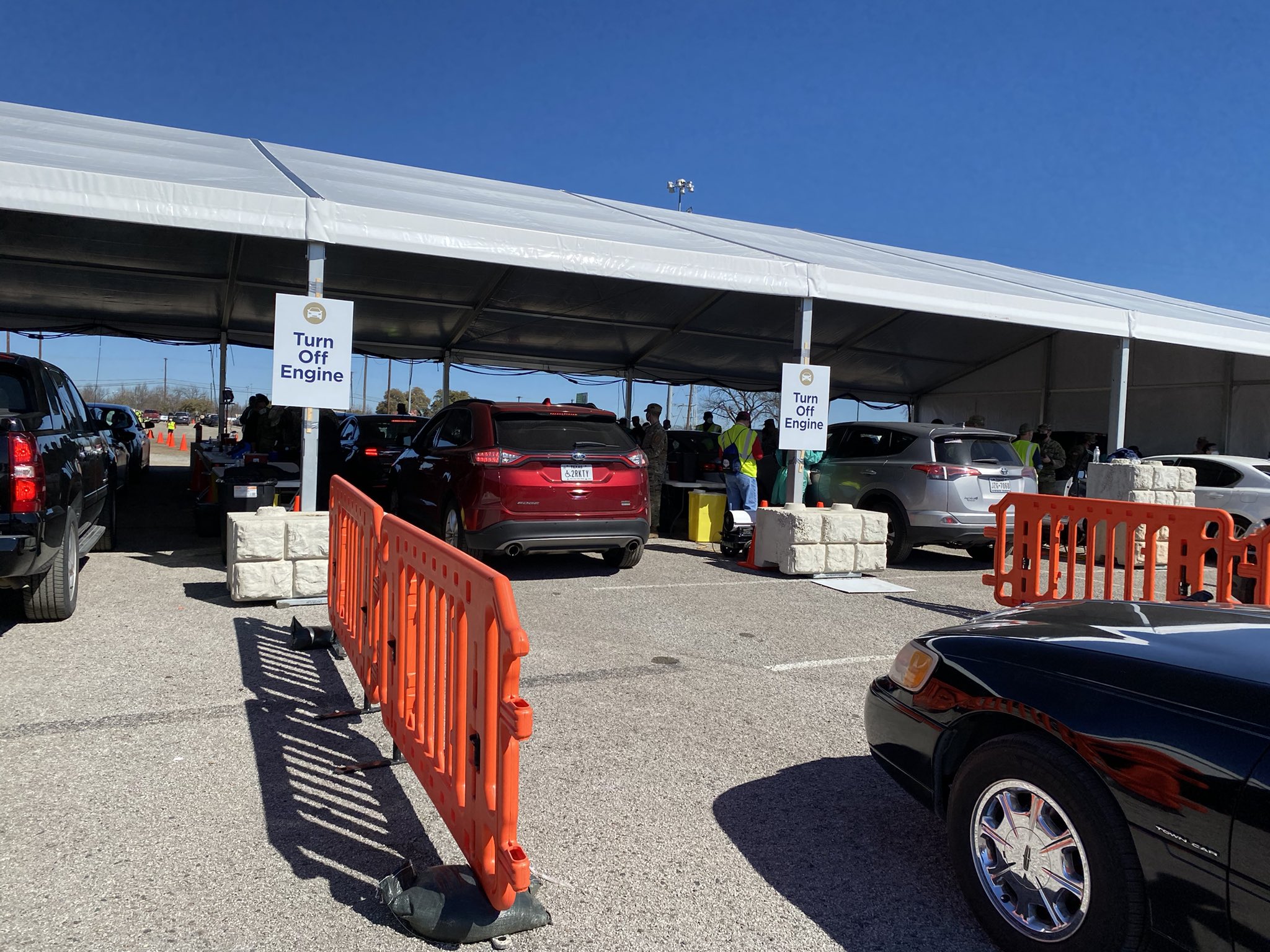As the arrival date for vaccines continued to move up through the end of 2020, the state told Dallas County health officials that a mega-site would be the preferred distribution method. The County only had a few days to figure out how to set up such a site. There was no blueprint for something like this, and the speed at which Dallas could get back to life pre-covid depended upon the site’s success.
The county had previously used a paper-based system, requiring massive amounts of data entry. It needed to manage appointments, send out notifications, coordinate a waiting list, identify prioritized community members, and send out the waiting list to the public. With a two-dose vaccine, residents needed to be scheduled for their second dose and contacted if they didn’t show up.
Huang consistently communicated with his fellow county medical directors, and spoke with officials at Nueces County along the gulf coast (home of Corpus Christi), who had been happy with their vaccine system. Huang’s staff visited other sites, went through the procurement process, and eventually landed on Luminare, a Texas-based healthcare technology company. “It was needing to be done yesterday,” Huang says.
Dr. Sarma Velamuri founded Luminare when he mortgaged his house and left his career as an internist in Houston to develop software that could help predict the onset of sepsis. This infection is the leading cause of death in hospitals, at one in five. The technology helps providers identify oncoming infection in 20–30 minutes rather than seven or eight hours, which may be too late.
When the pandemic set in, Velamuri shifted his company’s attention to coronavirus, creating a COVID-19 self-assessment system used by hundreds of thousands. When Dallas County contacted him, Luminare designed a system to digitize the paperwork and equip community health workers to register those without internet access. The workers helped contact people in prioritized ZIP codes, and the company also designed the physical space at Fair Park to create an efficient flow through the mega-site. The results have been impressive. “If you look at any location that has deployed our software, it’s gone from three or four-mile-long lines to no lines at all—just people trying to get a shot and then move on,” Velamuri says. “We’ve taken sites that normally do 1,800 vaccines a day to giving about that amount of vaccines in an hour.”
Velamuri is hands-on with his projects, and spent time at Fair Park before implementing a digital system. He even put his physician’s skills to use and administered vaccines when needed. The plan wasn’t always perfect, but he literally put boots on the ground to find a solution. “I was with the volunteers holding an iPad in the cold and entering people,” he says. “You see the frustration that people are having or the frustration of volunteers who have tried it out. And we would go back to the drawing board, make changes, come back, and suddenly it is so much better.”
The impact was substantial, Huang says, and Luminare even helped solve the problem of people illegally sharing links and booking appointments when they weren’t eligible. Some shots needed three weeks between them, others required four, and patients needed to be scheduled for their second shot at around the same time of day as their first shot. There were up to 30 people entering information and contacting patients every day before going digital through Luminare.
“We had totally paper-based systems where people were having to fill out these forms,” Huang says. “Then we write which shot they were administered, the lot number information, and which arm they received it. Now, it is all one button. When we were first talking about this, [seeing hundreds of patients] a day was a lot, but the scale and capability have just increased tremendously, in large part due to our increased capabilities now with this paperless system.”
The solution has now been used in dozens of counties nationwide.





